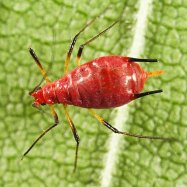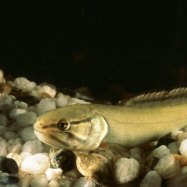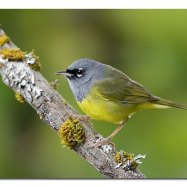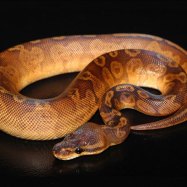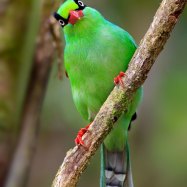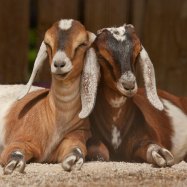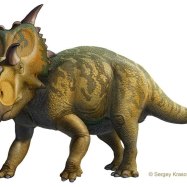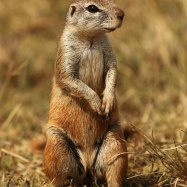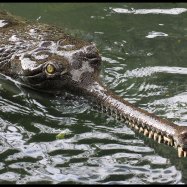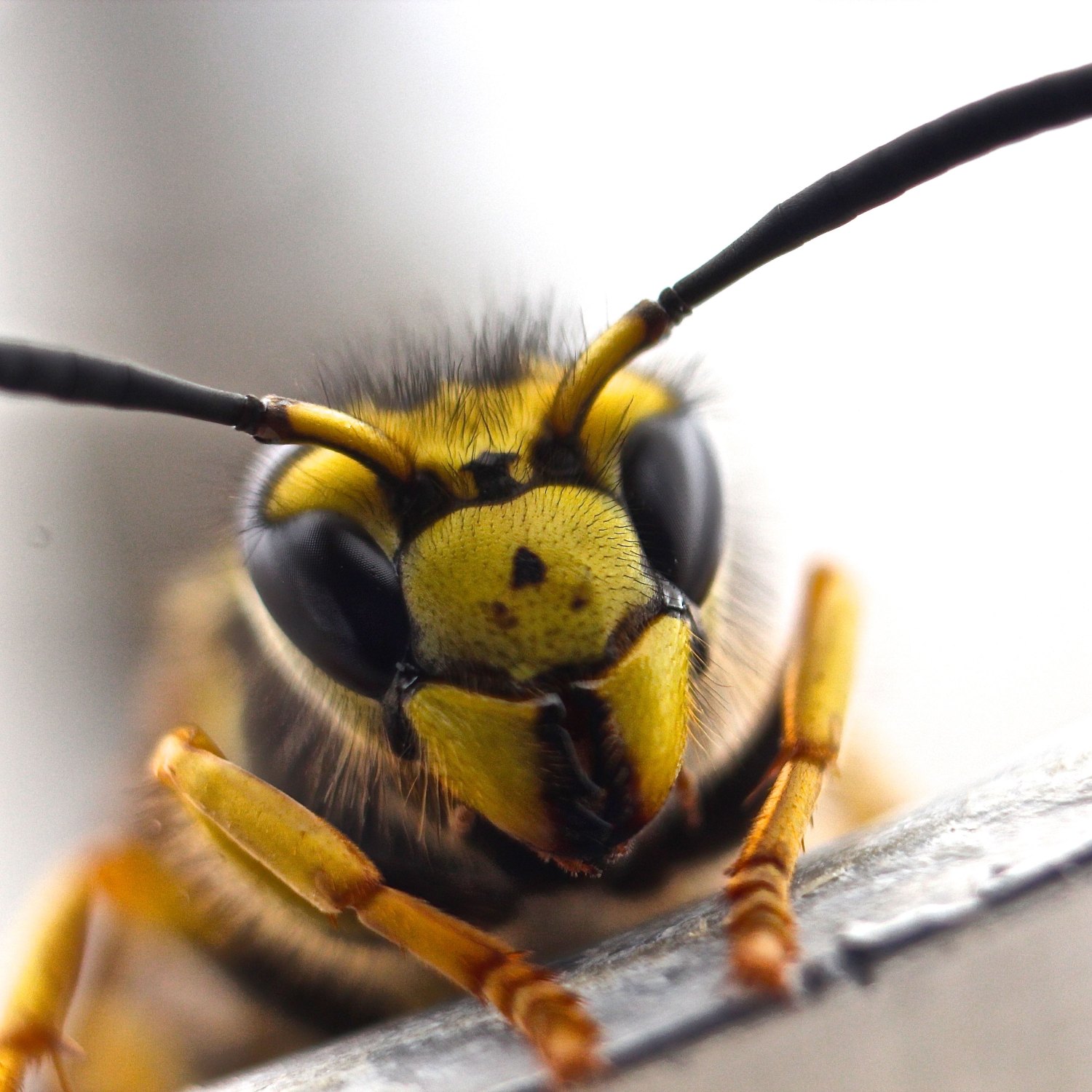
Wasp
12-17 mm
Did you know that there are over 30,000 species of wasps worldwide? These buzzing insects belong to the family Vespidae and typically measure between 12-17 mm in length. Their slender and elongated bodies make them efficient hunters, using their sharp stingers to catch prey. From the paper wasp to the yellowjacket, these creatures play an important role in controlling insect populations and are essential pollinators. So next time you see a wasp, appreciate their fascinating biology and vital role in the ecosystem. #waspfacts #biodiversity #naturelovers
Animal Details Summary:
Common Name: Common Wasp
Kingdom: Animalia
Habitat: Various habitats including forests, meadows, gardens, and urban areas
The Fascinating World of the Common Wasp: A Carnivorous Insect That Rules the Skies
Behind every buzzing sound and every fear-inducing sting, lies an amazing creature that plays a vital role in the ecosystem - the common wasp, scientifically known as Vespula vulgaris. As one of the most common insects found around the world, these creatures have earned a bad reputation due to their painful sting and intimidating appearance. But beyond these misconceptions, there is a fascinating world waiting to be explored.As we dive into the world of the common wasp, we'll uncover its unique biology, feeding habits, and distribution, and gain a deeper understanding of how this tiny insect contributes to the delicate balance of nature Wasp.
Classification & Distribution
The common wasp belongs to the kingdom Animalia, the phylum Arthropoda, the class Insecta, and the order Hymenoptera. It is part of the Vespidae family, which includes other species of wasps and hornets. These insects are found all over the world, including Europe, Asia, North America, and Australia, making them a truly global insect.
While the common wasp originated in Europe, it has successfully spread to various parts of the world due to human transportation. They are known to thrive in various habitats, including forests, meadows, gardens, and even urban areas. Their ability to adapt to diverse environments has led to their successful expansion and establishment in different regions.
Anatomy & Physical Traits
The common wasp is easily recognizable due to its black and yellow coloration. This distinct pattern serves as a warning to potential predators, signaling that the insect is capable of stinging in defense. These colors are also useful for communication within their colony, helping them recognize each other and coordinate activities Whimbrel.
In terms of body shape, the common wasp is slender and elongated, with a narrow waist separating its thorax from its abdomen. This unique structure allows them to fly with precision and agility, making them efficient predators. With a length of 12-17mm, these insects may seem small, but they are capable of striking fear in the hearts of many.
Feeding Habits
Despite their small size, common wasps are fierce predators. They are carnivorous and feed on a variety of insects, including flies, caterpillars, and even other small wasp species. This feeding method is essential to their survival, as it provides them with the necessary nutrients to develop and maintain their complex colony system.
Common wasps are also known to be scavengers, feeding on sugary substances like flower nectar, tree sap, and even human food, especially during late summer when other food sources may be scarce. This scavenging behavior also benefits the ecosystem, as they play a significant role in pollination.
Colony Structure & Behavior
Common wasps are social insects and live in large colonies with a well-defined hierarchical structure. The queen is the largest member of the colony and is responsible for reproduction and laying eggs. The male drones are the smallest members and are solely responsible for mating with the queen.
The most well-known members of the colony are the female workers, who are responsible for building and maintaining the nest, foraging for food, and caring for the larvae. These workers are also the ones that deliver the infamous sting when the colony is threatened. However, their aggression is not unfounded, as they are ultimately protecting their home and family.
During the early fall, the colony starts producing future queen wasps who will mate and hibernate, waiting for the next season to start a new colony. The rest of the colony, including the workers and males, will die off during the winter, and the cycle repeats itself the following year.
Importance in the Ecosystem
Common wasps play a vital role in the ecosystem as predators, scavengers, and pollinators. Their carnivorous diet helps keep insect populations in check, preventing them from becoming pests and causing harm to plants and crops. Additionally, as scavengers, they help recycle nutrients and play a crucial role in the decomposition process.
Furthermore, common wasps also play a role in pollination. While it may not be their primary function, they do encounter flowers during their feeding and scavenging activities, transferring pollen from one flower to another as they gather nectar.
Human Interactions
Despite their important role in the ecosystem, common wasps have a troubled relationship with humans. These insects are often labeled as pests for their aggressive behavior and painful stings. However, it's essential to remember that they only sting when they feel threatened, and it's their natural defense mechanism.
While common wasps may be a nuisance to humans, it's crucial to respect their space and avoid interfering with their colony. If a nest is spotted in a residential area, it's best to hire a professional pest control service to remove it safely rather than trying to do it yourself.
Conclusion
There is no denying that the common wasp is a fascinating creature. From their unique appearance to their complex colony structure and vital role in the ecosystem, they are a remarkable part of our world. These insects may not be the most beloved, but they should be appreciated for their contributions to nature.
Next time you hear the familiar buzz of a common wasp or spot one flying around a flower, take a moment to appreciate their incredible abilities and the important role they play in the delicate balance of our planet. As we learn more about these creatures, we come to understand that there is so much more to them than meets the eye.

Wasp
Animal Details Wasp - Scientific Name: Vespula vulgaris
- Category: Animals W
- Scientific Name: Vespula vulgaris
- Common Name: Common Wasp
- Kingdom: Animalia
- Phylum: Arthropoda
- Class: Insecta
- Order: Hymenoptera
- Family: Vespidae
- Habitat: Various habitats including forests, meadows, gardens, and urban areas
- Feeding Method: Carnivorous
- Geographical Distribution: Europe, Asia, North America, and Australia
- Country of Origin: Europe
- Location: Worldwide
- Animal Coloration: Black and yellow
- Body Shape: Slender and elongated
- Length: 12-17 mm
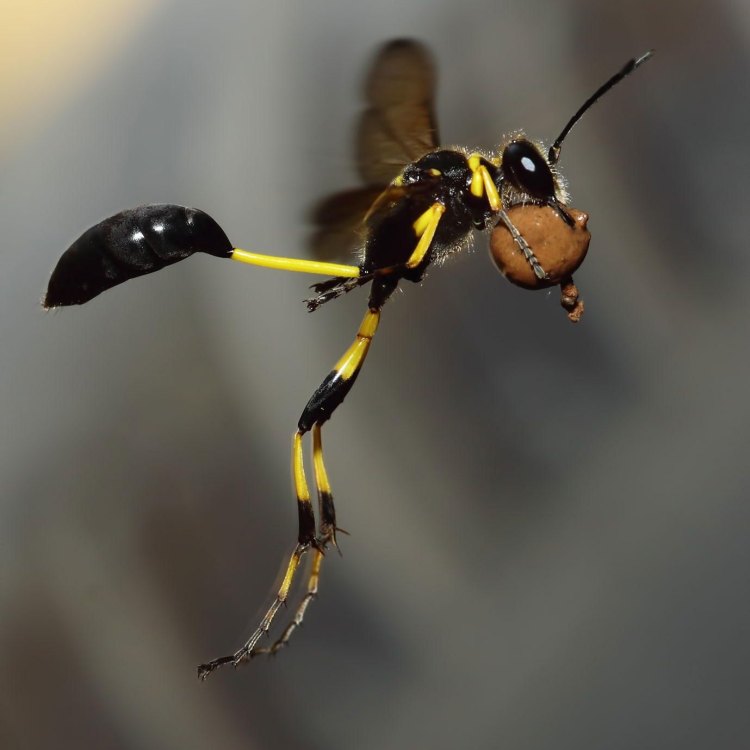
Common Wasp
- Adult Size: Medium-sized
- Average Lifespan: Several months
- Reproduction: Mating and laying eggs
- Reproductive Behavior: Queen wasps mate and lay eggs, which develop into workers and new queens
- Sound or Call: Buzzing sound
- Migration Pattern: Non-migratory
- Social Groups: Colony-based social structure
- Behavior: Aggressive when threatened
- Threats: Habitat loss, pesticides, and predators
- Conservation Status: Least Concern
- Impact on Ecosystem: Important pollinators and predators of other insects
- Human Use: None significant
- Distinctive Features: Black and yellow striped abdomen, stinger
- Interesting Facts: Wasps are closely related to bees and ants. They play a vital role in controlling pest populations and pollinating plants.
- Predator: Birds, spiders, and other insects
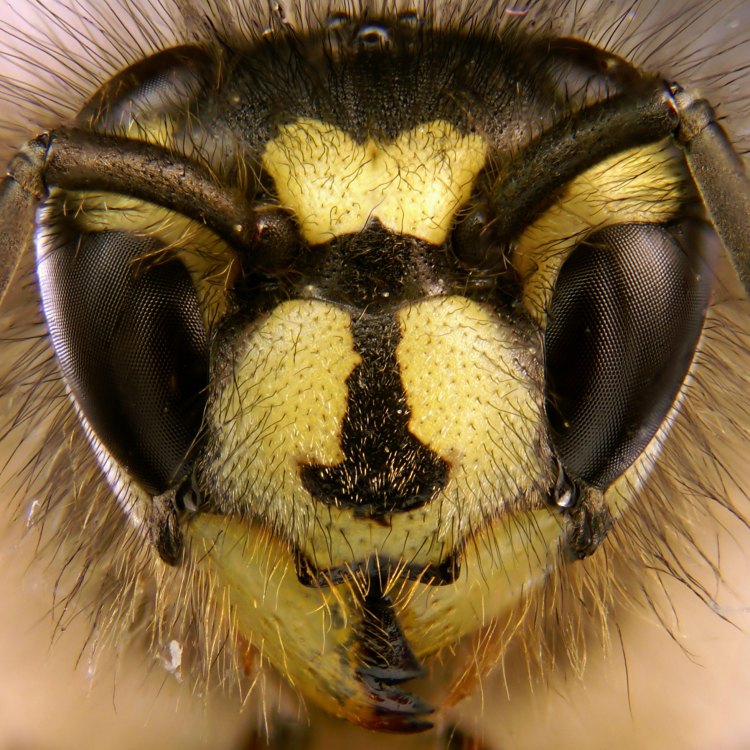
Vespula vulgaris
The Fascinating World of Wasps: Unveiling Their Unique Features and Importance in Our Ecosystem
When we think of wasps, we often associate them with fear and danger. Their reputation for stinging and aggression has led to a negative perception of these buzzing insects. However, there is much more to wasps than just their sting. From their distinctive black and yellow stripes to their important role in our ecosystem, wasps are fascinating creatures that deserve to be understood and appreciated PeaceOfAnimals.Com. In this article, we will delve into the unique features of wasps and why they are an essential part of our environment.A Closer Look at Wasps
Wasps are medium-sized insects that belong to the order Hymenoptera, which also includes bees and ants. They are closely related to bees, with both sharing a common ancestor and similar physical characteristics. Wasps are typically distinguished by their elongated bodies, narrow waists, and two pairs of wings. They come in a variety of species, with over 30,000 identified around the world.Size and Lifespan
One of the first things that come to mind when we think of wasps is their intimidating size. However, not all wasps are large and scary. In fact, depending on the species, they can range from being as small as 0.1 inches to as large as 2 inches in length White Sturgeon. Despite their size, wasps have a short average lifespan of several months. This is due to the fact that they usually emerge in the late spring or early summer and die off during the autumn or winter seasons.Reproduction and Social Behavior
Like most insects, wasps also have a complex reproductive process. The queen wasp is responsible for starting and maintaining a colony. She reproduces by mating with multiple male wasps and then laying eggs. These eggs develop into female workers or new queen wasps, depending on the needs of the colony. The workers are responsible for constructing and maintaining the nest, while the queen focuses on laying eggs.Wasps have a colony-based social structure, meaning they live and work together in large groups. These colonies can vary in size, with some having a few hundred individuals while others can reach up to several thousand. This social behavior allows for effective division of labor and ensures the survival of the colony.
Distinctive Features of Wasps
One of the most distinctive features of wasps is their black and yellow striped abdomen. This coloration serves as a warning to potential predators, indicating their ability to sting and defend themselves. Wasps also have a stinger located at the tip of their abdomen, which they use for self-defense and to subdue prey. However, not all wasps have stingers, and those that do can only sting multiple times if they are females.Behavior and Threats
Wasps have a reputation for being aggressive, especially when they feel threatened. This behavior is often seen when their nest is disturbed or during the end of the summer season when the queen stops reproducing, and the workers become more protective of the colony. However, wasps are generally docile creatures and will only sting as a last resort.In addition to threats from humans, wasps also face dangers from habitat loss, pesticides, and predators such as birds, spiders, and other insects. This can have a significant impact on their population and survival. As a result, some species of wasps are now listed as endangered or vulnerable.
Importance in Our Ecosystem
Although wasps may seem like pesky insects, they play a crucial role in our ecosystem. They are important pollinators, just like bees, helping to transfer pollen from one flower to another and ensuring the reproduction of plants. Without wasps, many plants would not be able to produce fruits and seeds, leading to a decline in plant diversity.In addition to pollination, wasps also serve as important predators of other insects. They feed on various pests such as flies, caterpillars, and aphids, keeping their populations in check. This helps to maintain the balance in our ecosystem and protects crops from being overrun by pest species.
Conservation Status and Human Use
Despite their value in our ecosystem, wasps do not receive the same level of attention and conservation efforts as other pollinators such as bees. Most wasp species are currently listed as "Least Concern" on the IUCN Red List, meaning they are not facing any immediate threats to their population. However, as mentioned earlier, some species are now at risk due to habitat loss and other human activities.There is currently no significant human use of wasps, unlike bees, which are commercially used for honey and other products. This is due to the fact that most wasps do not produce honey and are not as easily domesticated. However, some species of wasps have been studied for their potential use in pest control and medical research.
Interesting Facts About Wasps
- Wasps are one of the oldest insects, with fossils dating back to 140 million years.- There are two main types of wasps: solitary wasps that live alone and social wasps that live in groups.
- The buzzing sound produced by wasps comes from their wings, which can flap up to 200 times per second.
- Wasps have excellent eyesight, allowing them to detect movement and objects from long distances.
- Some species of wasps have the ability to change the sex of their eggs, allowing them to control the ratio of males to females in their colony.
The Importance of Understanding and Protecting Wasps
As we can see, wasps are not just pests but important creatures that play a vital role in our ecosystem. It is essential to understand and appreciate their unique features and the contributions they make to our environment. We can also take steps to protect wasps by avoiding the use of pesticides and preserving their habitats.In conclusion, wasps may have a bad reputation, but they are an essential part of our ecosystem. From their interesting reproductive behavior to their distinctive black and yellow stripes, wasps are truly fascinating insects. By learning more about them, we can cultivate a better understanding and appreciation for these creatures and their role in our world.
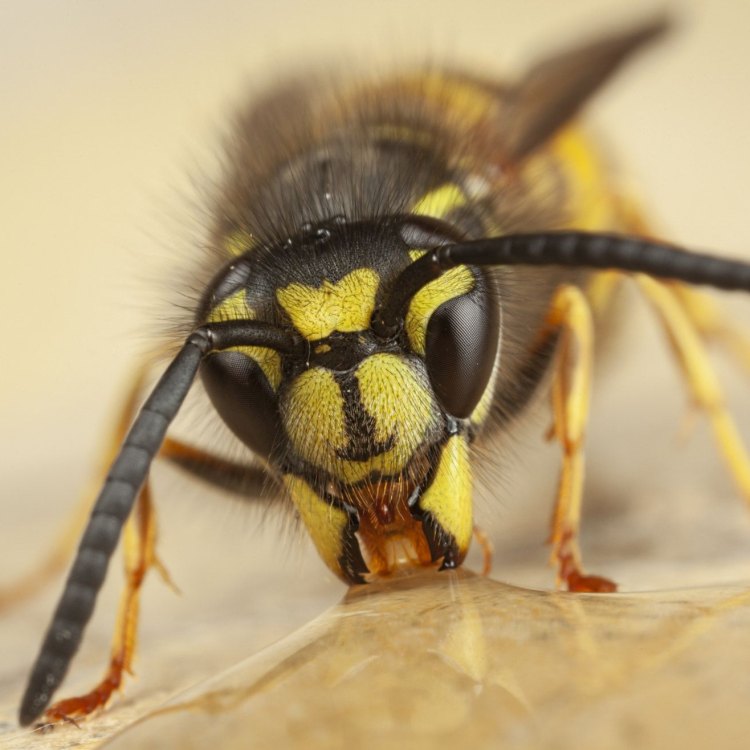
The Fascinating World of the Common Wasp: A Carnivorous Insect That Rules the Skies
Disclaimer: The content provided is for informational purposes only. We cannot guarantee the accuracy of the information on this page 100%. All information provided here may change without prior notice.

